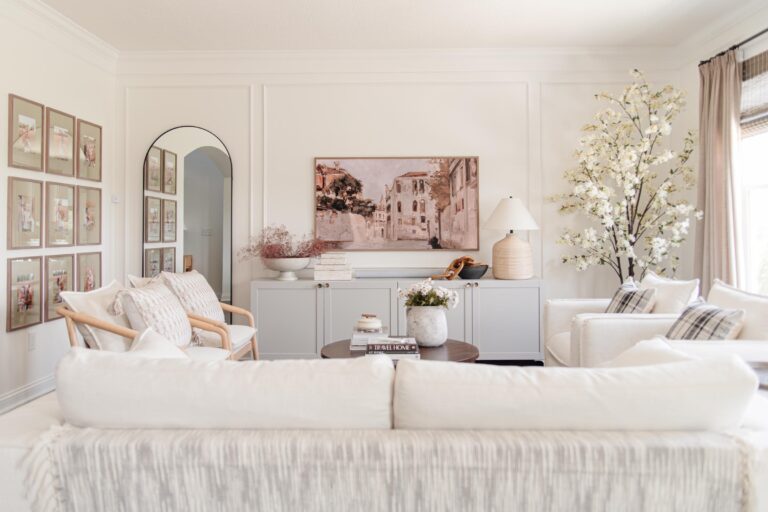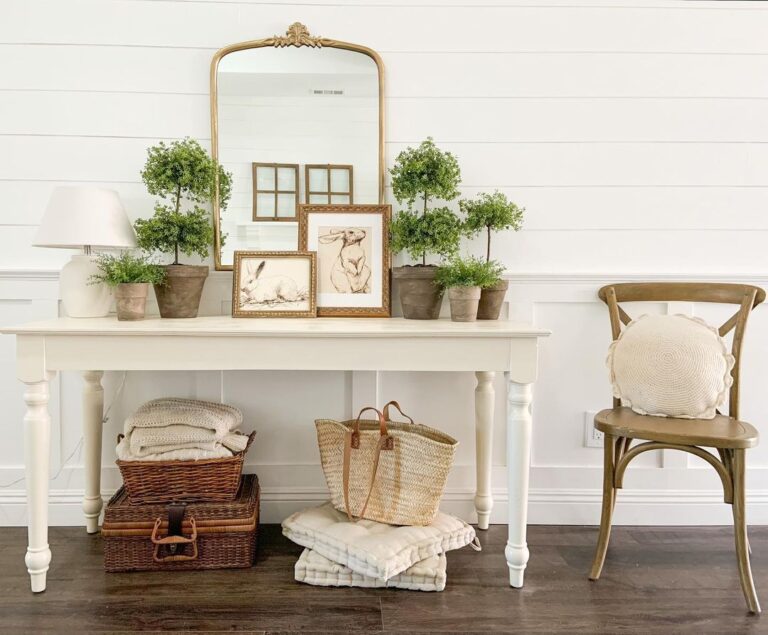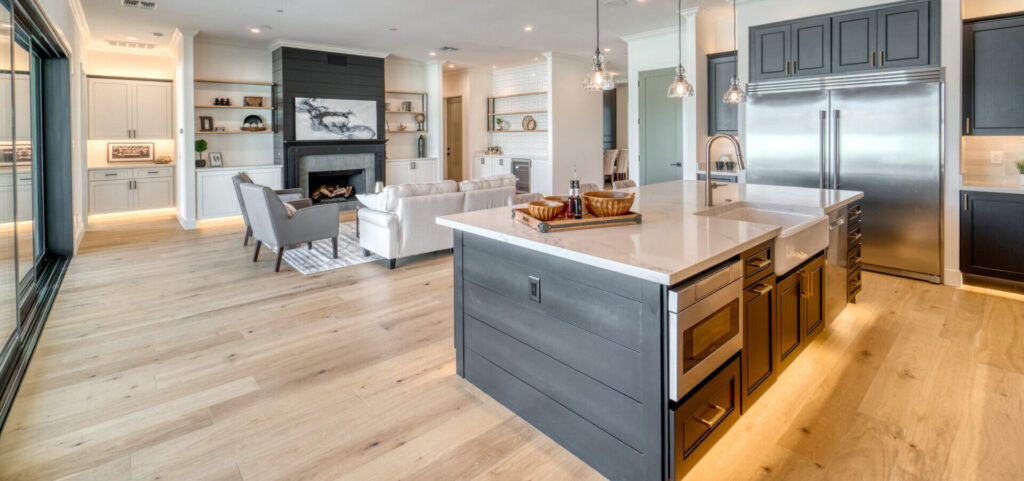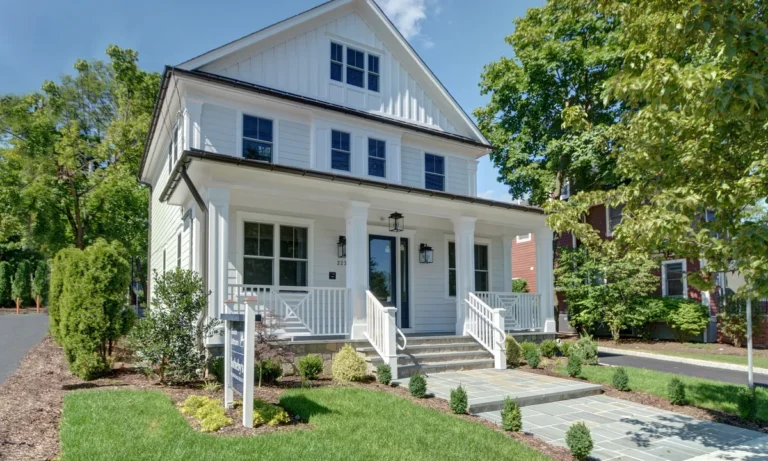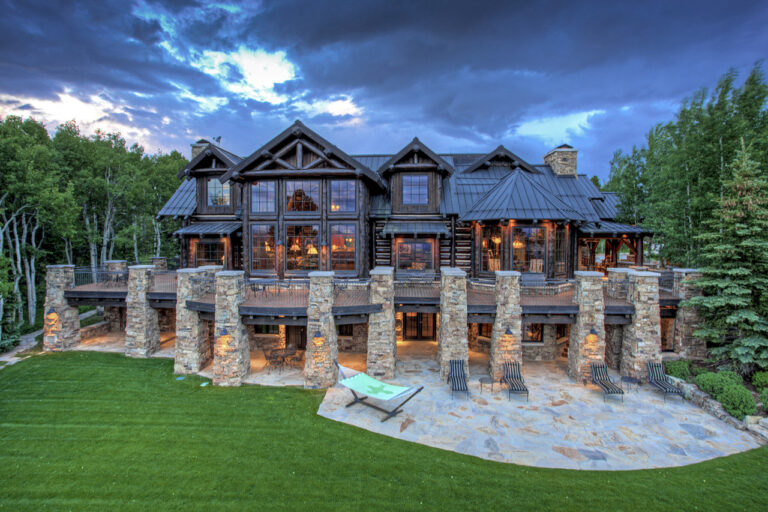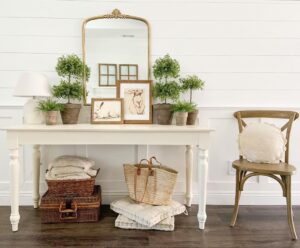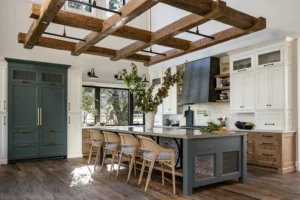When Julia and her husband, Sam, bought their first home, they were thrilled. It was a quaint house with a cozy kitchen that quickly became the heart of their home. Julia loved to cook, and it wasn’t long before they were hosting family dinners every weekend. But within just a few months, they noticed their kitchen floor was taking a beating. The old, worn-out linoleum had stains that wouldn’t come out, and small tears started forming in high-traffic areas. Frustrated and determined to find the perfect flooring that could handle both their busy lifestyle and Julia’s culinary escapades, they set off on a journey to find the best kitchen flooring.
Just like Julia and Sam, many homeowners face the challenge of finding best kitchen flooring that balances style, durability, and ease of maintenance. In this article, we’ll explore the top options for kitchen flooring, considering factors like durability, water resistance, maintenance, and cost. We’ll also back our recommendations with data and expert advice to help you make the best choice for your kitchen.
Why Choosing the Right Kitchen Flooring Matters
The kitchen is one of the most high-traffic areas in a home. Between cooking, cleaning, and socializing, your kitchen floor is subjected to heavy foot traffic, frequent spills, and the occasional dropped pan or knife. Choosing the right flooring is crucial not just for the aesthetic of the space, but for functionality and longevity.
According to the 2023 Kitchen & Bath Market Outlook Report by the National Kitchen and Bath Association (NKBA), 87% of homeowners view durability as the most important factor when selecting kitchen materials, while 65% place a high priority on water resistance (Source: NKBA). Clearly, your choice of flooring can have a significant impact on both your day-to-day kitchen experience and the long-term value of your home.
Top Kitchen Flooring Options
1. Luxury Vinyl Plank (LVP)
Overview:
Luxury Vinyl Plank (LVP) has quickly become one of the most popular kitchen flooring options due to its combination of affordability, durability, and water resistance. Made from multiple layers of PVC vinyl, LVP mimics the look of hardwood or stone, but is much more resilient in a high-moisture environment like the kitchen.
Pros:
- Water-resistant and ideal for kitchens prone to spills.
- Scratch-resistant and durable enough to handle heavy foot traffic.
- Affordable, with costs ranging from $2 to $7 per square foot, according to HomeAdvisor (Source: HomeAdvisor).
- Available in a wide variety of styles and colors, making it easy to match any kitchen design.
Cons:
- Can feel cold underfoot without underlayment.
- May not add as much resale value as natural wood or tile.
Durability:
LVP flooring typically comes with a 10-25 year warranty, depending on the brand and quality. It’s built to withstand water and wear, making it a solid choice for families with children or pets. In fact, according to FlooringInc, LVP can last up to 20 years with proper maintenance (Source: FlooringInc).
2. Ceramic or Porcelain Tile
Overview:
For decades, ceramic and porcelain tiles have been a go-to for kitchen flooring, and for good reason. Both materials are exceptionally durable and can withstand the wear and tear that comes with a busy kitchen. Porcelain, in particular, is denser and more water-resistant than standard ceramic tiles, making it the better option for high-moisture areas.
Pros:
- Extremely durable—porcelain is even more durable than ceramic, as it’s fired at a higher temperature.
- Waterproof, making it an excellent choice for kitchens.
- Available in a variety of colors, shapes, and designs.
Cons:
- Cold and hard underfoot, which may require area rugs or a heated floor system.
- Installation can be labor-intensive and costly, averaging around $12 to $35 per square foot, including materials and labor (Source: Forbes Home).
Durability:
Porcelain and ceramic tiles can last 50 years or more with proper care, according to Bob Vila. Additionally, porcelain tiles are highly resistant to stains and scratches, making them ideal for a bustling kitchen environment (Source: Bob Vila).
3. Hardwood Flooring
Overview:
Hardwood flooring brings warmth and timeless appeal to any kitchen. While it has historically been more popular in living rooms and dining areas, modern advancements in sealing technology have made it a viable option for kitchens as well.
Pros:
- Aesthetic appeal—hardwood adds natural warmth and beauty to a kitchen.
- Adds significant resale value to a home.
- Can be refinished multiple times, extending its lifespan.
Cons:
- Not as water-resistant as other options, making it susceptible to damage from spills or humidity.
- Expensive, with costs ranging from $6 to $12 per square foot for materials, plus installation fees (Source: HomeAdvisor).
Durability:
While hardwood can last 30 to 100 years, depending on the wood species and how well it is maintained, it’s crucial to avoid prolonged exposure to moisture. Installing hardwood in kitchens with humidity control or opting for engineered hardwood, which is more moisture-resistant, can significantly extend the life of your floors.
Stat Fact: The National Wood Flooring Association (NWFA) reports that homes with hardwood floors can see a 5-15% increase in resale value (Source: NWFA).
4. Cork Flooring
Overview:
Cork is an eco-friendly flooring material that’s becoming more popular for kitchens. Made from the bark of the cork oak tree, this flooring option is soft underfoot and naturally resistant to mold, mildew, and insects.
Pros:
- Eco-friendly, made from renewable resources.
- Comfortable and soft underfoot, ideal for those who spend a lot of time cooking.
- Naturally water-resistant and hypoallergenic.
Cons:
- Needs to be sealed regularly to protect against water damage.
- Can fade in direct sunlight and is susceptible to scratches.
Durability:
Cork flooring typically lasts 10-25 years, but requires regular maintenance, such as resealing every 3-5 years to maintain its water resistance. While it is softer and more prone to damage than tile or hardwood, cork is a resilient choice for homeowners who prioritize sustainability and comfort (Source: The Spruce).
5. Natural Stone Flooring
Overview:
Natural stone, such as granite, slate, or travertine, offers a luxurious and durable option for kitchen flooring. Known for its unique appearance and high-end appeal, stone flooring is best suited for homeowners looking to make a statement in their kitchen.
Pros:
- Unmatched aesthetic appeal with each stone being unique in color and texture.
- Durable and long-lasting, capable of handling heavy foot traffic.
Cons:
- Expensive, both in material and installation, with costs ranging from $15 to $30 per square foot (Source: HomeAdvisor).
- Requires regular sealing to prevent staining and water damage.
Durability:
Stone flooring can last a lifetime if properly maintained, with many natural stone floors lasting 100 years or more. However, it’s essential to reseal stone floors regularly to keep them water-resistant and prevent stains (Source: This Old House).
Key Factors to Consider When Choosing Kitchen Flooring
1. Durability
Kitchens see heavy use, so durability is key. For long-term resilience, ceramic or porcelain tile and stone are the best options, while hardwood and LVP offer a balance between durability and style.
2. Water Resistance
Since kitchens are prone to spills, water resistance is essential. Tile, LVP, and cork offer excellent water resistance, while hardwood requires careful maintenance to prevent moisture damage.
3. Comfort
If you spend a lot of time standing in the kitchen, comfort matters. Cork and LVP provide more cushion underfoot than tile or stone, which can feel hard and cold.
4. Cost
Your budget will largely dictate the type of kitchen flooring you can afford. Vinyl and cork are more affordable options, while natural stone and hardwood come with a higher price tag.
5. Style and Resale Value
Hardwood and natural stone are widely considered the most stylish choices and can add significant value to your home. Tile and LVP also offer a range of design options, allowing you to customize your kitchen’s look.
Conclusion:
Choosing the Best Kitchen Flooring for Your Home
Selecting the best kitchen flooring involves balancing practicality, aesthetics, and budget. Whether you’re drawn to the durability of porcelain tile, the eco-friendliness of cork, or the timeless appeal of hardwood, there’s a flooring option that suits every home and lifestyle. For homeowners like Julia and Sam, investing in high-quality kitchen flooring not only enhances the beauty and functionality of their space but also ensures that it stands the test of time. Just like them, you can find a flooring solution that brings both comfort and style to the heart of your home.
You may also read
Cape Town South Africa Homes for sale


